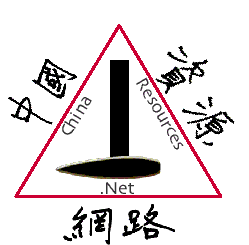


WEB-LINKED ABSTRACTS: EFFECTIVE USE

Lindsey V. Maness, Jr., Chairman
Resources & Technology Symposia of Colorado, LLC
12875 West 15th Drive
Golden, CO 80401-3501 USA
Tel: 303-717-1020
Email: LVManess@GMail.com




Lindsey V. Maness, Jr., Chairman
Resources & Technology Symposia of Colorado, LLC
12875 West 15th Drive
Golden, CO 80401-3501 USA
Tel: 303-717-1020
Email: LVManess@GMail.com
Please inquire about the abstracts on this website directly with the authors of interest.
To return to the same place in the general document about the author of interest, click on “Back.”
To search for a specific author or word, type CTRL-F (Control key + F key) to invoke the search (find) routine. Then type the word desired and hit the return key.
To print: 1. click on "File" in the upper left-hand corner of your monitor screen; 2. click on “Print.”
To send a message directly to an author of interest, click on that author's indicated colored E-Mail address. Colored and underlined E-Mail addresses are "Hot Links."
This document is in-process, and will be revised frequently. Please check again soon.
Revised on December 14th, 2025.